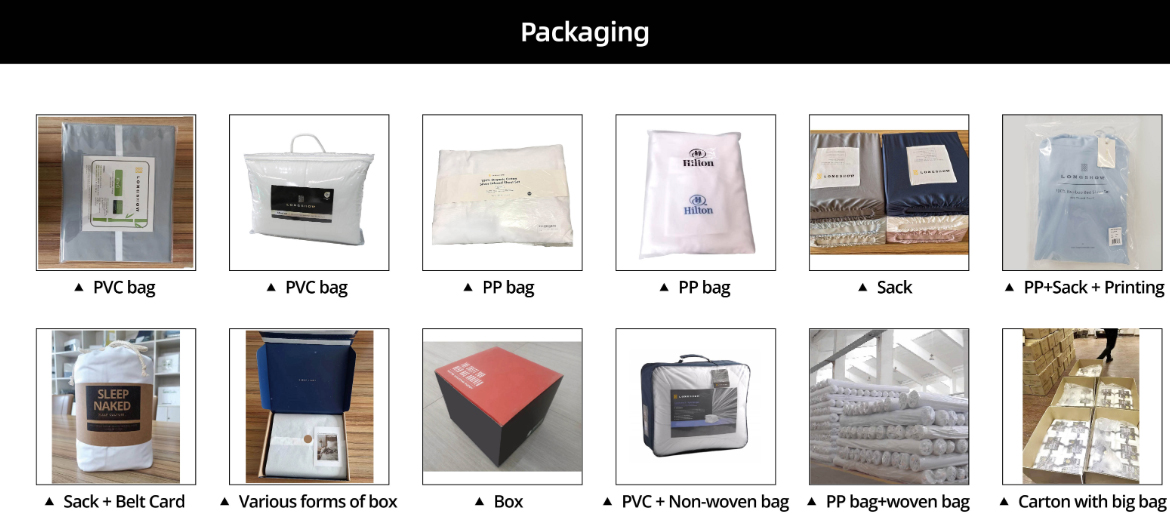Furthermore, the versatility of these dressing gowns makes them suitable for various seasons
...
2025-08-15 22:43
1320



However, flannel sheets can be made of cotton, wool, or synthetic fibers, leaving brushed cotton a good balance of breathable and warm.
When considering the size of a large bath towel, it's important to consider how it will fit into your daily life. Larger towels provide more drying surface area and are a practical option for those looking for maximum comfort and functionality. Additionally, the large size of oversized bath towels also makes them a versatile option for use at the beach or pool, where extra coverage is often needed.